Was a dragon once slain in the Perthshire town of Dunning?
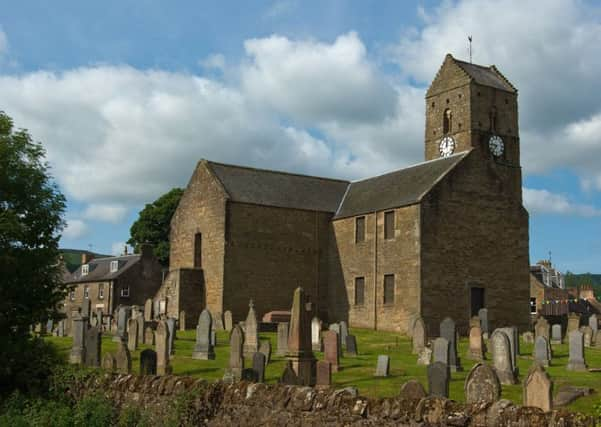

To the inhabitants of Dunning in Perthshire, the name of St Serf is instantly recognisable, for it happens to be the name of their 13th century parish kirk, the ancient steeple of which dominates the centre of this quiet little village.
Legend has it that in the 6th century AD, a travel-weary missionary by the name of St Serf arrived here to save the Dunning villagers from a terrifying and deadly foe: ‘a dreadful dragon which devoured both men and cattle and kept the district in continuous terror’.
Advertisement
Hide AdAdvertisement
Hide AdArmed with only ‘the breastplate of faith’, St Serf slew the dragon with a single blow of his pastoral staff and thus saved the villagers from the threat of future attacks.
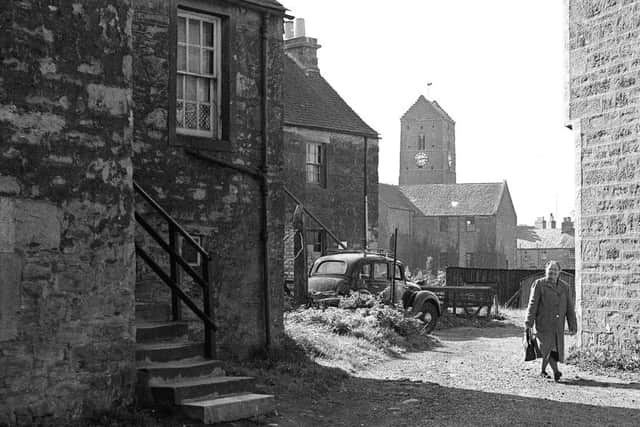

It’s quite a story, a Pictish re-telling of the more famous legend of St George, but some historians reckon there may be more than a little truth concealed within the myth.
St Serf’s story
A son of Eliud, the King of Canaan, Saint Serf, also known as Saint Serbán or Servanus, was born around the year 500 in Roman-occupied Arabia.
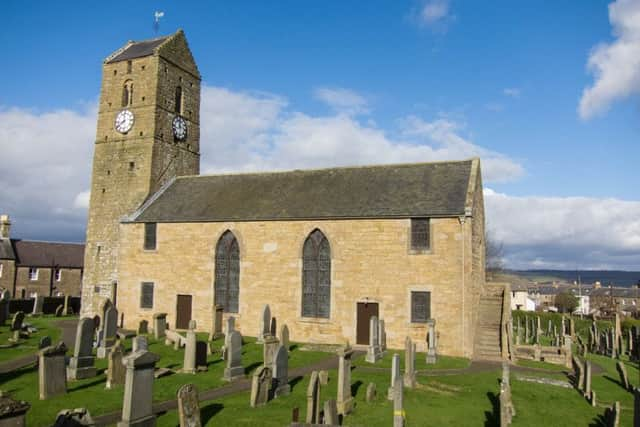

Arriving in Rome as a young man, St Serf carried with him ‘such a reputation for sanctity that he was elected and served as Pope for seven years’ - the accuracy of this is questionable, however, as there is no record of a Pope by that name who served for this specific duration during St Serf’s lifetime. Nonetheless, we can be assured he was a man of great standing within the early Christian church.
Upon reaching Scotland, St Serf is said to have founded the town of Culross in present-day Fife and a priory on a Loch Leven island, now St Serf’s Inch.
As a missionary, it would have been St Serf’s duty to eradicate Pagan rites and ancient beliefs. It is here that the story of the dragon can be treated with at least a little credence.
A thorny issue
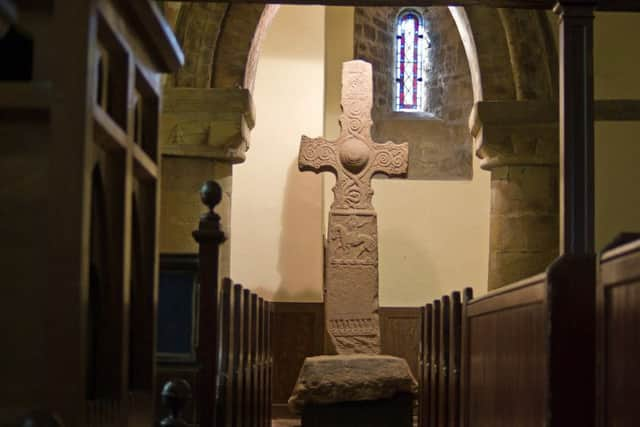

Dunning historian D.R. Wilson writes that in Roman Britain the tree was a sacred entity. South of the border sacred groves of oak and ash were common, while in Scotland and Ireland the chosen species were thorn trees. The Picts believed that the thorn tree possessed protective qualities and to see a grove of them surrounding the local well or water supply was not uncommon.
Advertisement
Hide AdAdvertisement
Hide AdWilson states that St Serf’s anger would not have been focused on a mythical dragon, but ‘the local sacred grove and the rites and beliefs associated with it’.
At Dunning the thorn tree has played an integral part in the village’s story. In the aftermath of the Battle of Sheriffmuir in January 1716, Dunning village was burned to the ground and a thorn tree - a symbol of protection - planted to commemorate the event. The original tree was sadly lost in a storm some eighty years ago, but its replacement still ‘protects’ the town to this day at the town’s picturesque Thorntree Square, maintaining a link with a sacred rite which has otherwise lost its meaning.
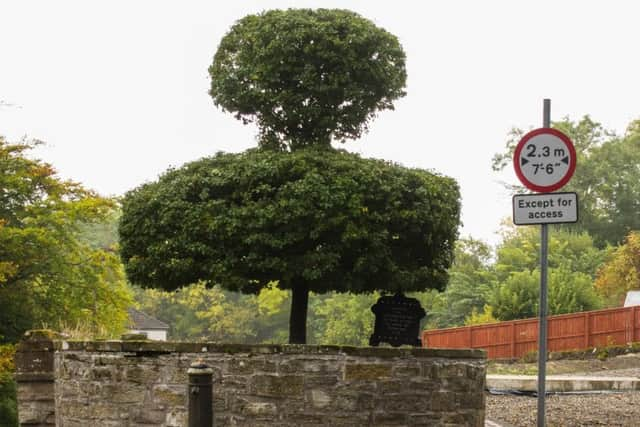

Coincidentally, the old Gaelic words for thorn tree and dragon are both pronounced the same: drae-gen. Trade the Dunning dragon for a grove of thorn trees and suddenly the St Serf legend begins to make sense. The missionary’s objective, after all, was to rid the indigenous people of their beliefs and lead them towards Christianity.
Albie Sinclair, a member of the Dunning Parish Historical Society, is also convinced that the story of the thorn tree and the myth of the dragon are connected.
“I’ve always found the story of St Serf fascinating, especially since part of Dunning at Newton of Pitcairn is still known as The Dragon, which we pronounce ‘Drae-gen’.
“The thorn tree is a part of a strong, local folk memory and the dragon myth may be symbolic of that.”
Venerated in east central Scotland, the name of St Serf adorns many a kirk in Edinburgh, Fife, the Lothians and beyond. His feast day falls on the first day of July.
Advertisement
Hide AdAdvertisement
Hide AdThe village of Dunning is situated about 8 miles south-west of Perth, at the north edge of the Ochil Hills. The River Earn flows a mile away in the opposite direction.
Thirteenth century St Serf’s Church is in the care of Historic Scotland, and is open from April to September (9.30 to 5.30 pm). Admission is free.
